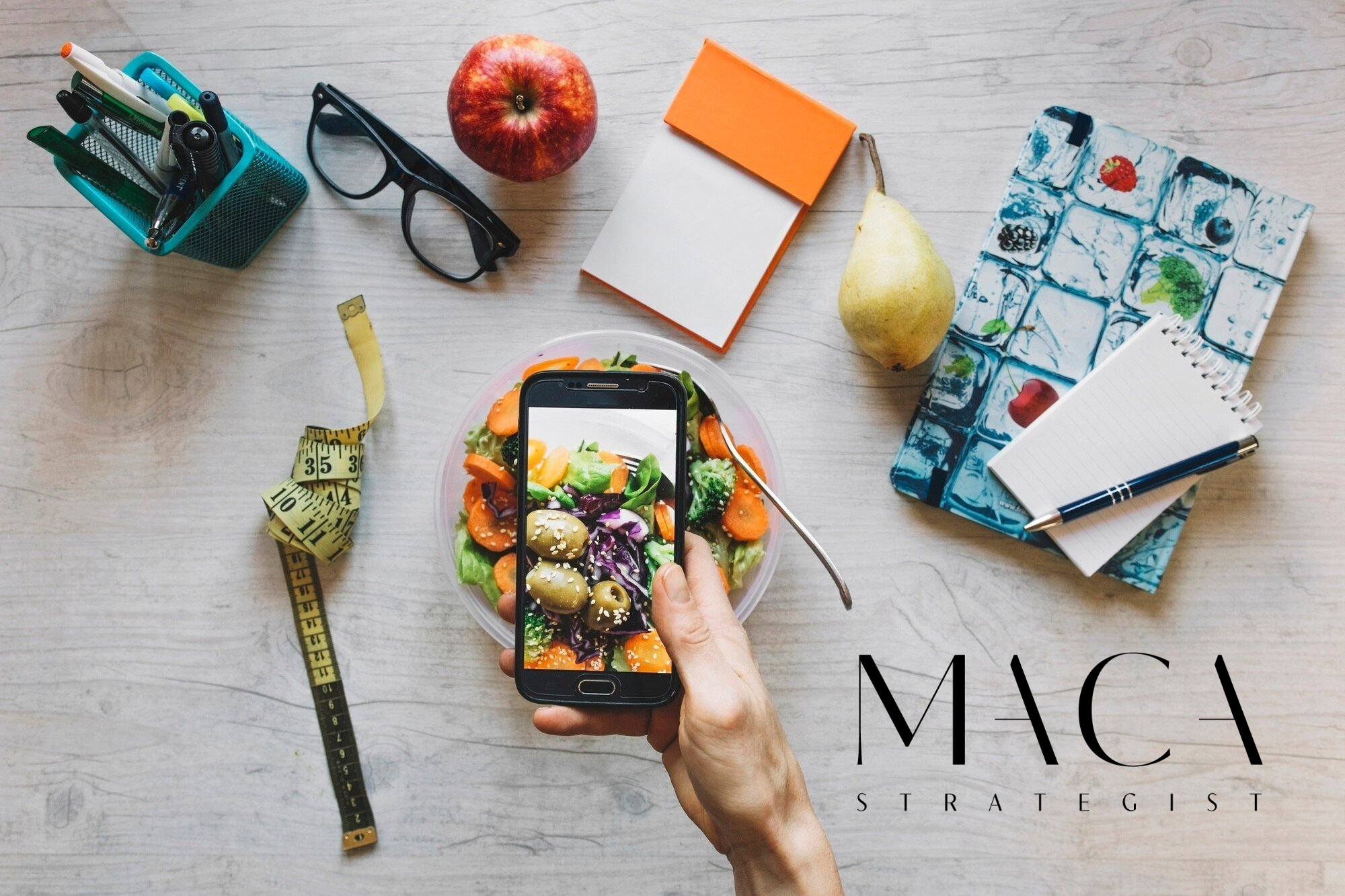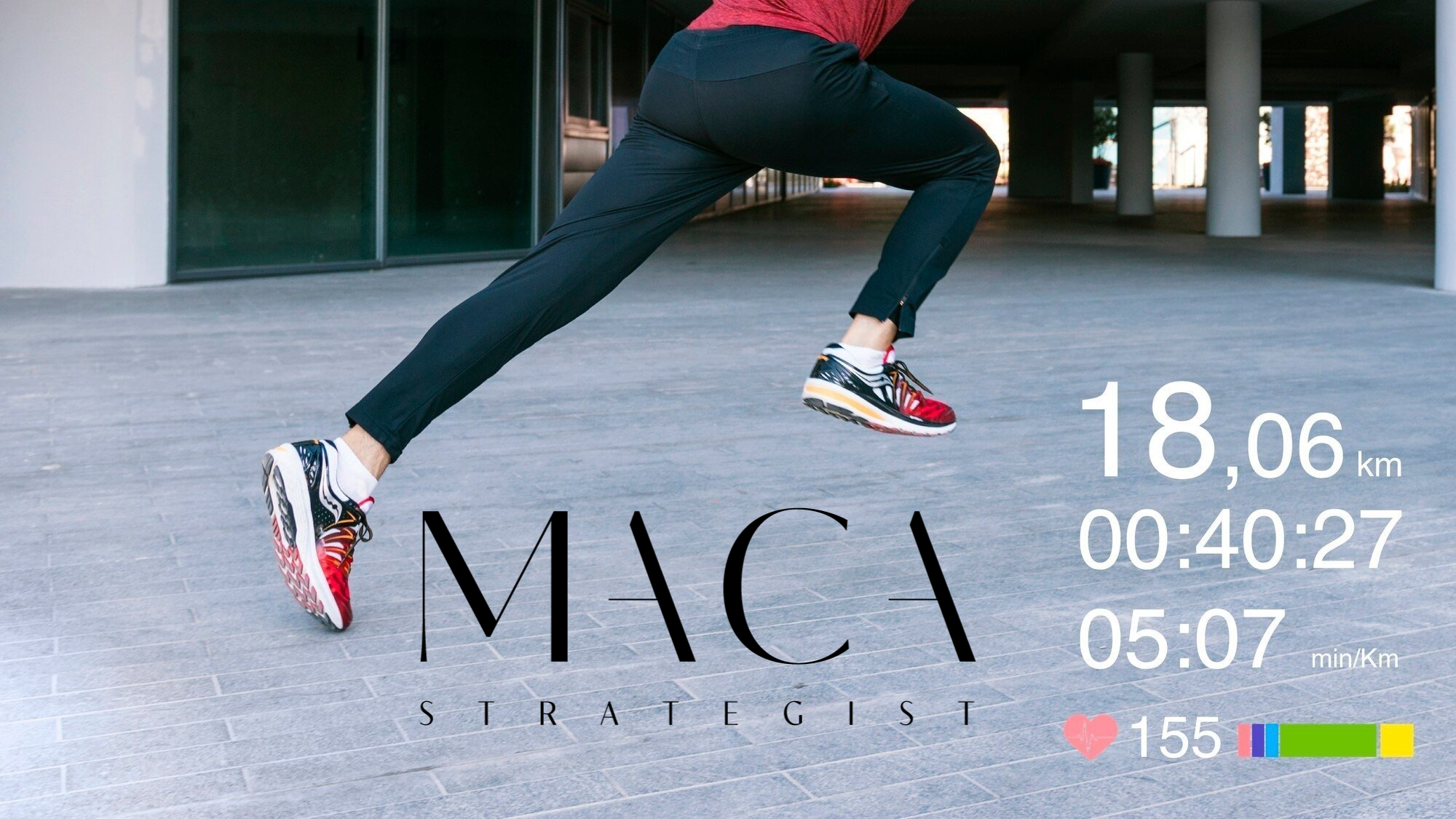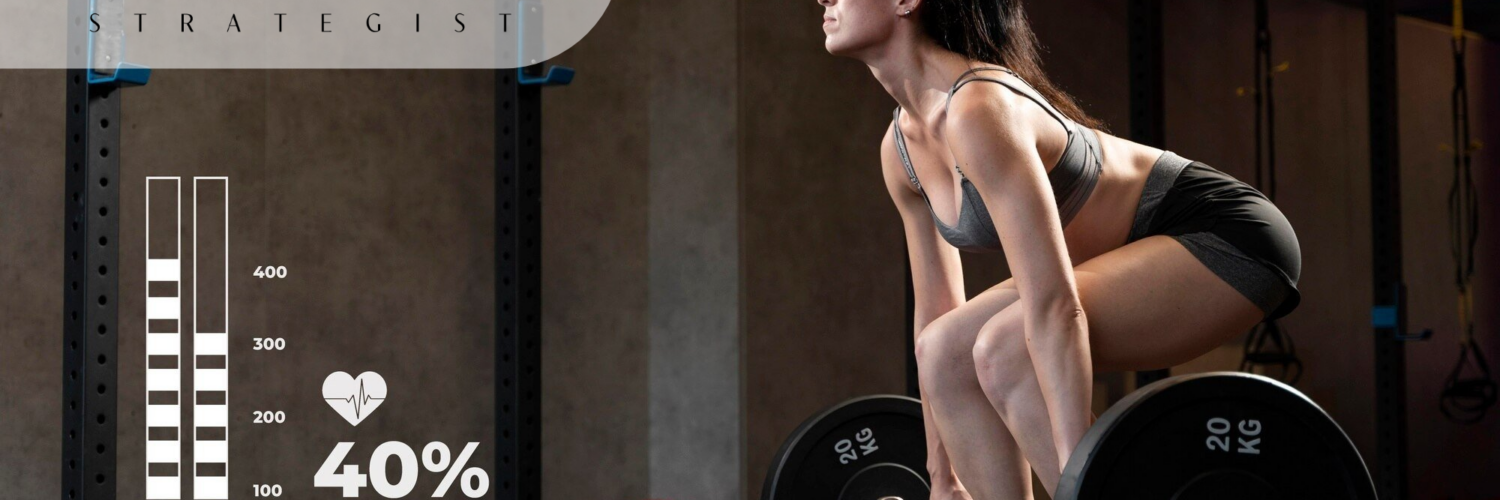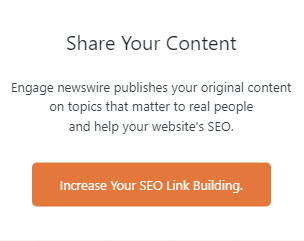The health and wellness industry has seen extraordinary evolution over the past decade, with 2025 standing as a pivotal year. With consumers demanding more personalization, authenticity, and scientific backing in everything from fitness apps to supplements and holistic therapies, content marketing has shifted from being a brand accessory to a strategic necessity. For fitness centers, wellness retreats, mental health practices, and nutrition brands, mastering the latest in content marketing isn’t just a smart move—it’s survival.
We’re living in an age where consumers are better informed, more digitally active, and increasingly selective about where they invest their time, money, and trust. A well-placed Instagram post or basic blog article is no longer enough. Today’s wellness audience expects thoughtful, educational content that speaks to their specific concerns, from hormone balance to mental resilience to sustainable self-care. They want to connect with brands that demonstrate empathy, expertise, and value—consistently.
At the same time, the landscape is flooded. The rise of AI-generated content, influencer fatigue, and generic messaging means standing out requires more than just showing up online. Brands must create experiences—content that is not only SEO-optimized and data-driven, but also deeply human.
In 2025, content is about creating real relationships. It’s about building ecosystems of trust across channels, formats, and devices. From TikTok series and wellness podcasts to long-form educational blogs and email journeys, successful brands are doubling down on storytelling, transparency, and utility. They’re using content to guide, support, and inspire—not just sell.
So, what works in 2025 when it comes to engaging a digitally savvy, wellness-conscious audience? Here’s a deep dive into the strategies, technologies, and best practices shaping the future of content marketing for health and wellness brands—and how those based in New York can leverage them for measurable, meaningful growth.

1. Personalization Through Data-Driven Content
Today’s wellness consumers expect content that speaks directly to their unique needs and goals. Generic blog posts or vague social media quotes no longer cut it. Brands that succeed in 2025 are those using first-party data, AI analytics, and behavior-based segmentation to tailor content experiences that feel both intimate and intelligent.
Wellness tech companies, in particular, are capitalizing on machine learning algorithms to create adaptive content that evolves with user behavior. Whether it’s sending personalized workout plans, offering meditation routines based on stress levels tracked by wearables, or curating supplement guides based on genetic data, the key is crafting value-driven, highly relevant messaging that fosters trust and action.
This level of personalization is also crucial for email marketing, on-site product recommendations, and gated content offers. A tailored wellness quiz that leads to a customized detox plan, for example, can significantly improve lead generation and engagement.
However, personalization only works when it’s done with care and ethics. Wellness consumers are particularly sensitive to data privacy and authenticity. This makes transparency around data usage and consent absolutely essential. Collaborating with expert NY wellness content creators who understand how to integrate personalization while honoring user trust can be a game-changer.
Content that demonstrates genuine understanding—such as stories of real client journeys, dynamic FAQ sections, or AI-assisted chat support—helps create an emotional resonance that drives conversions. In 2025, the brands that win are those that listen, adapt, and deliver content as unique as the people they serve.
2. The Rise of Multi-Sensory Storytelling
Static text-based content is rapidly losing traction. While blogs and articles still have their place in SEO and education, in 2025, winning wellness brands are moving beyond the written word to create multi-sensory experiences that captivate the mind, body, and spirit. In the health and wellness world—where transformation, emotion, and habit change are central—immersive storytelling is the key to engagement and long-term loyalty.
This new era of content includes:
- Immersive video: Think guided meditations with cinematic visuals, on-demand virtual wellness retreats, and high-quality trainer-led workout series. These videos don’t just inform—they inspire.
- Audio content: Branded podcasts focused on topics like mental clarity, plant-based nutrition, biohacking, or mindfulness allow users to consume valuable content while commuting, walking, or winding down.
- Interactive media: Quizzes that diagnose stress levels, polls to help choose a new wellness product line, and virtual consultations provide real-time engagement and valuable user insight.
What makes multi-sensory storytelling so effective is its emotional resonance. It brings people into the brand’s world, makes them feel seen and understood, and fosters a sense of community. It also breaks down complex wellness concepts into digestible, engaging moments—perfect for time-strapped audiences seeking clarity and direction.
In a digital marketplace overflowing with content, brands that humanize their story and bring their mission to life through diverse formats stand out. Working with a digital agency for wellness brands in NY that understands the importance of user experience design, visual storytelling, and brand voice consistency can make these multi-format strategies seamless and successful.
The future of content is not just visual—it’s experiential. And wellness brands are uniquely positioned to lead the way.
3. SEO Still Reigns—But It’s More Conversational Than Ever
Search engines have evolved. In 2025, natural language processing (NLP), AI-enhanced indexing, and voice search optimization are front and center. Google’s algorithms no longer just crawl for keywords—they interpret intent, context, and tone. This evolution means that the most successful health and wellness brands are shifting toward content that mirrors how real people speak, search, and ask questions in everyday language.
Instead of keyword stuffing, wellness businesses are embedding conversational keywords and semantic search strategies into their blogs, video transcripts, and service pages. Examples of high-performing search phrases include:
- “Best plant-based supplements for energy”
- “How to start a fitness routine at home in NYC”
- “Holistic ways to reduce anxiety naturally”
- “Top wellness retreats for stress relief in upstate NY”
These long-tail queries reflect how people genuinely seek solutions—through questions, comparisons, and intent-driven phrases.
But ranking well in 2025 goes beyond just inserting keywords. It’s about structuring your website to provide deep, intuitive value. Brands that build topic clusters, pillar pages, and evergreen blog content establish themselves as trusted resources and see consistent growth in organic traffic.
Agencies like Maca Strategist are helping wellness businesses not just chase rankings, but earn them by creating thoughtful, user-focused content libraries optimized for both people and search engines. These libraries include downloadable guides, wellness glossaries, FAQ hubs, and city-specific content for hyper-local SEO.
And let’s not forget the rise of voice search. With devices like Alexa, Siri, and Google Assistant now powering a significant share of health-related queries, structuring your content to answer “how,” “why,” and “what” questions conversationally can lead to coveted featured snippets.
Ultimately, search intent is the new keyword—and the brands that master this are the ones that stay visible, trusted, and top-of-mind.
4. User-Generated Content: The Trust Multiplier
Trust is the currency of the wellness industry. And in a market filled with polished ads and influencer endorsements, nothing boosts credibility quite like real testimonials, authentic user stories, and content created by actual customers. In 2025, user-generated content (UGC) continues to rise as one of the most effective ways to foster trust and drive conversions.
From before-and-after transformation posts and wellness milestone celebrations to mental health journey vlogs and supplement reviews, brands are encouraging their communities to share:
- Daily routines and product usage tips
- Progress photos or videos
- Personal healing experiences
- Honest feedback and success stories
This content not only validates a product or service—it humanizes the brand. It creates a sense of shared purpose and social proof that marketing copy alone can’t replicate. Even better, UGC drives higher engagement and SEO impact when repurposed across blogs, email newsletters, and platforms like Instagram, YouTube, and TikTok.
Brands working with a trusted NY wellness PR agency can develop campaigns that ethically and strategically curate, amplify, and reward UGC, building a loyal community that doesn’t just consume—but contributes. In 2025, your best marketers may very well be your happiest customers.
Here’s the expanded version of the section “5. Long-Form Video and Short-Form Reels: A Balanced Diet”, now with 100+ additional words to provide more depth, examples, and strategic guidance:
5. Long-Form Video and Short-Form Reels: A Balanced Diet
Video content remains a non-negotiable in 2025. As attention spans shorten and algorithms prioritize visual engagement, successful wellness brands are learning how to balance both long-form and short-form video content to meet their audience where they are—on every platform, at every stage of their journey.
- Long-form video (10+ minutes): Ideal for YouTube, IGTV, Vimeo, or digital courses. These are perfect for deep-dive tutorials, expert interviews, virtual classes, or educational webinars on topics like gut health, yoga for anxiety, or meal planning for inflammation.
- Short-form video (15–60 seconds): Perfect for Instagram Reels, TikTok, Facebook Stories, and YouTube Shorts. These formats thrive on punchy, digestible content like product demos, wellness hacks, motivational quotes, and mini meditations.
The real magic lies in repurposing. A single 20-minute masterclass on breathwork can be repackaged into:
- 10 Reels showing different techniques
- A blog post with embedded clips
- Quote graphics for Pinterest or Instagram
- A lead magnet checklist or companion worksheet
This multi-channel strategy not only maximizes content ROI but also ensures a consistent brand presence across platforms. For wellness brands looking to grow, it’s not about choosing one format over the other—it’s about creating a dynamic content ecosystem that educates, entertains, and converts. Working with a digital agency for wellness brands in NY can help align your video strategy with overall business goals and emerging platform trends.
6. AI Content Tools: Productivity Meets Creativity
While human creativity remains at the heart of compelling storytelling, artificial intelligence (AI) is revolutionizing how wellness marketers brainstorm, produce, and optimize content in 2025. With time and resources at a premium, AI-powered platforms have become indispensable tools for increasing output without sacrificing quality—when used correctly.
Modern AI content tools can now assist with:
- Blog topic generation based on trending searches and audience behavior
- SEO optimization suggestions including keyword density, metadata, and readability
- Social media caption writing tailored to platform tone and engagement patterns
- Scriptwriting for video content, especially for explainer videos, how-to guides, or wellness tips
- Email subject line A/B testing to improve open rates
But here’s the caveat: AI can enhance creativity, not replace it. The most effective wellness content still stems from empathy, real-life experience, and cultural nuance—things AI can’t replicate. An AI-written meditation script might hit the right keywords but miss the calming tone that truly resonates with someone dealing with anxiety.
That’s why the best strategies use AI to amplify human insight, not automate authenticity. Partnering with a digital agency for wellness brands in NY ensures your team can scale production efficiently while maintaining a brand voice that feels genuine, grounded, and empathetic.
When wellness content blends smart automation with soulful storytelling, it doesn’t just inform—it transforms. And that’s what truly moves audiences in 2025.
7. Authority Building Through Educational Content
In 2025, wellness consumers are more informed—and more skeptical—than ever before. They crave transparency, evidence, and expertise behind every product, service, or recommendation. This is why educational content has become one of the most effective tools for establishing brand authority and building trust that converts.
High-performing wellness content goes beyond basic tips. It often includes:
- Expert interviews with licensed practitioners like dietitians, therapists, naturopaths, or fitness coaches
- Citations from credible institutions such as the National Institutes of Health (NIH), Centers for Disease Control and Prevention (CDC), or Office of Disease Prevention and Health Promotion (ODPHP)
- Data-backed blogs, downloadable eBooks, or case studies that validate claims with research
- Science-based explainers that unpack popular trends like intermittent fasting, adaptogens, or wearable biometrics
Formatting is just as important. The best educational content uses bullets, infographics, pull quotes, and FAQ sections to make complex health topics digestible and engaging. Readers should be able to scan quickly, absorb key points, and dive deeper when needed.
By offering clear, actionable insights, brands position themselves as trusted advisors—not just sellers. This not only enhances SEO performance and site dwell time but also builds long-term loyalty. Working with professionals skilled in wellness campaigns in NY helps ensure your educational content is both strategic and credible, aligning with what today’s health-savvy consumers are actually searching for.
The takeaway? When you educate, you empower—and empowered clients are loyal clients.
8. Email Marketing: Smarter, Not Louder
Email remains one of the most powerful and profitable marketing channels in 2025—but with inboxes more crowded than ever, standing out requires strategy, precision, and personalization. The most successful wellness brands are no longer sending blanket newsletters to their entire list. Instead, they’re using smart segmentation, behavior-triggered automation, and hyper-relevant content to deliver value right when it matters most.
Modern email campaigns are now highly tailored, offering subscribers a curated experience. Examples include:
- Personalized product recommendations based on browsing or purchase history (e.g., plant-based protein for someone who just bought a vegan meal plan)
- Exclusive content unlocks, such as downloadable meditations or stretch routines delivered after completing a wellness challenge
- Educational drip sequences that nurture leads—like a 5-day email series guiding new subscribers through anxiety relief techniques or postnatal recovery tips
- Re-engagement flows offering discounts, inspiration, or surveys to inactive subscribers
Using dynamic subject lines, A/B testing, and mobile-optimized designs ensures these emails get opened and clicked—not ignored. Adding visual content such as mini videos, GIFs, or testimonials can also boost performance.
When done right, email becomes more than just a communication channel—it becomes a personal wellness assistant that nurtures your audience’s journey over time. With guidance from a skilled digital agency for wellness brands NY, businesses can craft high-converting workflows that build deeper relationships, increase lifetime value, and reduce churn.
9. Influencer Collaboration with Authenticity as the Core
Gone are the days of one-size-fits-all celebrity endorsements and generic product plugs. In 2025, authenticity is everything—especially in the wellness industry, where trust and alignment are non-negotiable. Today’s health-conscious consumers are savvy; they want to see influencers who genuinely live the lifestyle, not just post about it for a paycheck.
The most effective influencer collaborations today are rooted in alignment and lived experience. These partnerships often look like:
- Practicing therapists sharing stress-reduction exercises they use in real therapy sessions
- Fitness coaches or yoga instructors incorporating branded supplements or gear into their daily routines and class content
- Wellness retreat guests offering behind-the-scenes video diaries, travel tips, and authentic reviews of their experience
- Holistic nutritionists doing honest product breakdowns or hosting live Q&A sessions about ingredients and effectiveness
Increasingly, brands are turning to micro- and nano-influencers—those with fewer than 50,000 followers—because they often have more engaged, niche communities and are viewed as more trustworthy. These creators build loyal audiences by sharing personal stories, challenges, and transformations.
A NY wellness PR agency can help brands identify the right influencers, vet their content for brand alignment, and develop partnership strategies that feel organic—not forced. Whether it’s co-creating content, launching limited edition products, or running wellness challenges together, authentic influencer marketing turns followers into believers and believers into buyers.
In 2025, it’s not about who shouts the loudest—it’s about who resonates the deepest.
10. Community-First Content Platforms
Wellness is inherently social—and in 2025, the most forward-thinking brands are embracing this truth by creating community-first content platforms. Rather than relying solely on social media algorithms, brands are building their own ecosystems where audiences can connect, learn, and grow together in safe, curated spaces.
These platforms often include:
- Private wellness communities hosted on Slack, Discord, or Mighty Networks, where members share goals, celebrate wins, and support one another through challenges
- Subscription-based video libraries offering exclusive content such as workout programs, nutritional guidance, or mindfulness training
- Expert-moderated forums where practitioners host live Q&As, respond to member questions, and facilitate group discussions on trending wellness topics
- Member-generated content hubs where the community itself contributes recipes, testimonials, or self-care routines
This strategy does more than build engagement—it creates belonging. When people feel part of something bigger than themselves, they’re more likely to stay loyal, participate actively, and share the experience with others.
Community-first platforms also become organic content machines—feeding blogs, social posts, and product ideation directly from real user insights. Collaborating with experts in wellness campaigns in NY ensures the platform is not only technically sound but emotionally resonant, with messaging that fosters inclusivity and genuine value.
11. Compliance and Transparency in Content
Health and wellness content is under increasing regulatory scrutiny in 2025. Brands must ensure compliance with standards set by governing bodies such as the U.S. Food and Drug Administration (FDA) and the Centers for Disease Control and Prevention (CDC).
That means:
- Avoiding unverified or misleading medical claims
- Clearly disclosing sponsorships and affiliations in influencer partnerships
- Following HIPAA-compliant practices in email marketing and client communications
- Backing up statements with scientific sources or expert input
Transparency isn’t just a legal requirement—it’s a competitive advantage. Today’s consumers expect honesty, and they reward brands that are upfront about ingredients, methodologies, pricing, and partnerships. Failing to follow these standards can lead to reputational damage, loss of trust, and even legal penalties.
Smart wellness brands work with experienced marketers and compliance consultants to embed transparency into every piece of content, building a foundation of integrity that attracts and retains loyal clients.

12. Localized Content for Hyper-Specific Reach
In 2025, hyper-local content is a top-performing strategy for boosting search visibility and building real-world relationships. Wellness centers, spas, holistic clinics, and therapy practices in New York benefit significantly from targeting city- and neighborhood-specific keywords that align with how people search for services nearby.
Instead of broad terms like “NYC fitness programs,” high-ranking search phrases include:
- “Prenatal yoga in Williamsburg, Brooklyn”
- “Best acupuncture clinic in SoHo”
- “Personal trainers near Prospect Park”
- “IV therapy lounges in the Upper East Side”
- “Lymphatic drainage massage in Astoria”
This strategy not only improves local SEO—it also helps businesses connect authentically with the community they serve, showcasing neighborhood involvement, cultural relevance, and accessibility.
Agencies like Maca Strategist specialize in crafting these region-specific content strategies, blending geo-targeted keywords with personalized messaging that drives foot traffic, appointments, and local brand awareness across boroughs and neighborhoods.
Thriving in the Wellness Content Landscape
Content marketing for wellness brands in 2025 is no longer optional—it’s the cornerstone of brand growth, client trust, and long-term success. In a landscape saturated with information, the brands that rise to the top are those that educate, empathize, and connect through content that adds real value.
It’s not just about being visible. It’s about being memorable, credible, and deeply aligned with the needs of your audience.
Whether you’re a luxury spa in the Hudson Valley, a nutrition and supplement brand in Manhattan, or a therapy practice serving NYC’s boroughs, the key to thriving lies in mastering a few core pillars:
- Personalized, data-driven messaging
- Multi-format storytelling that feels human and relatable
- Compliance, transparency, and evidence-based authority
- Local SEO strategies that turn neighbors into clients
- A smart blend of AI efficiency and human creativity
And most importantly—you don’t have to do it alone.
By partnering with a seasoned agency like Maca Strategist, wellness brands gain access to a team that understands the intricacies of wellness marketing, local engagement in New York, and how to turn content into a scalable engine for growth.
In 2025, content isn’t just what you publish. It’s the experience you create. And with the right strategy, that experience can attract, convert, and retain the wellness clients who matter most.
Now is the time to elevate your content, clarify your message, and lead with purpose. The wellness world is listening—make sure your brand has something worth saying.





